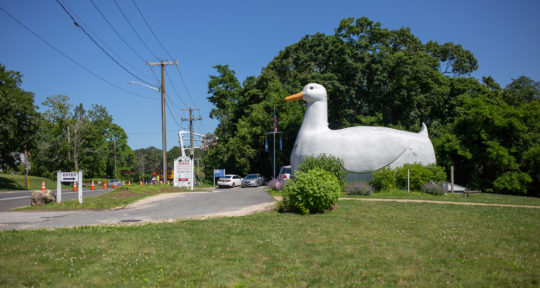With centuries of history packed into relatively small borders, some things are bound to get overlooked in the pursuit of an envy-inducing New England road trip itinerary. But if you know where to look, you can find Santa in southeast Vermont, a house made from 100,000 varnished newspapers in coastal Massachusetts, and even a desert in Maine. And if you come across the 13 works of art missing from Boston’s Isabella Stewart Gardner Museum, speak up—a $10 million reward for the stolen masterpieces still stands more than 30 years after a famous 1990 heist.
Here are the hidden treasures in New England to add to your next road trip.
New England Midas locations
Midas wants to help you get ready for your road trip, starting with your vehicle. Our techs can run a completely free Closer Look Vehicle Check. This in-depth visual inspection lets you know what needs fixing now and what can wait, so you can hit the road with confidence.
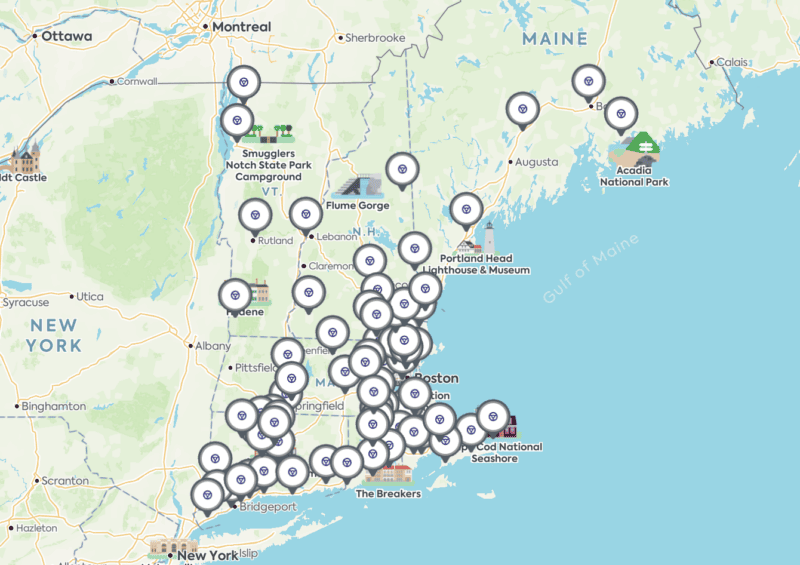
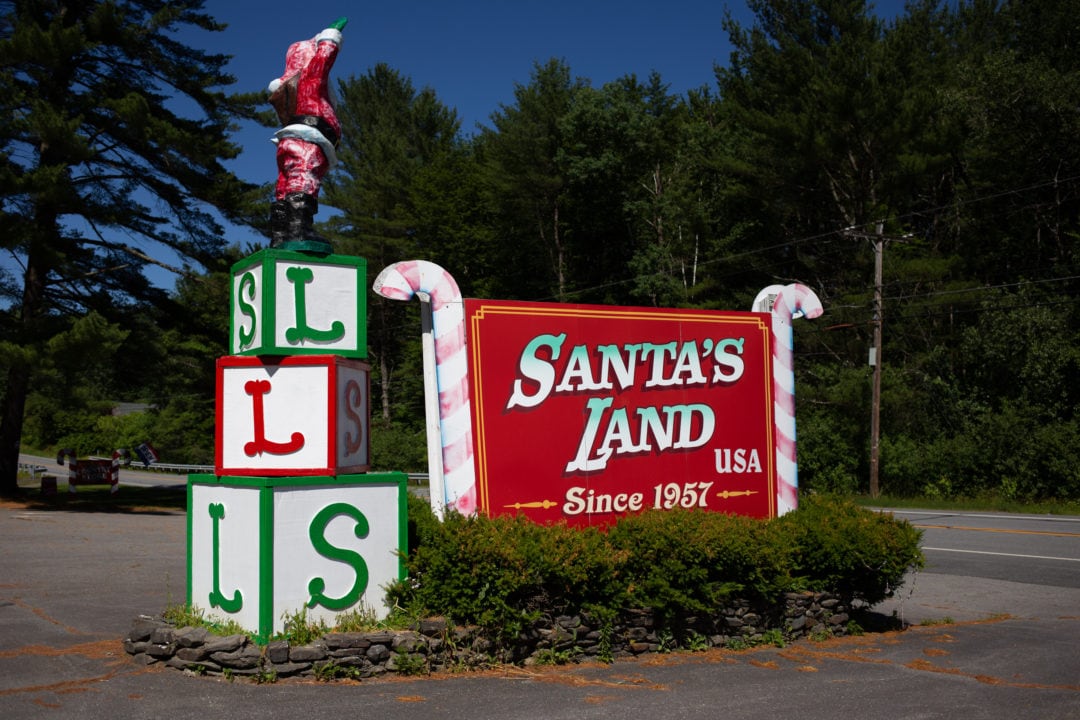
Santa’s Land USA
Santa’s Land USA first opened in Putney, Vermont (near the New Hampshire border), in 1957. The park cycled through several different owners throughout the years, falling into disrepair and sitting abandoned for years before it was purchased and reopened by David Haversat in 2017. Now open on weekends from July through Christmas Eve, visitors enter and exit Santa’s Land through a gift shop flanked by toy soldiers and topped with a gingerbread family. Even in the heat of summer, kids and adults alike can take a photo with Santa as he roams the park, which includes several original rides and structures, in addition to a restored carousel from New York’s Coney Island and imaginative displays created by Haversat.
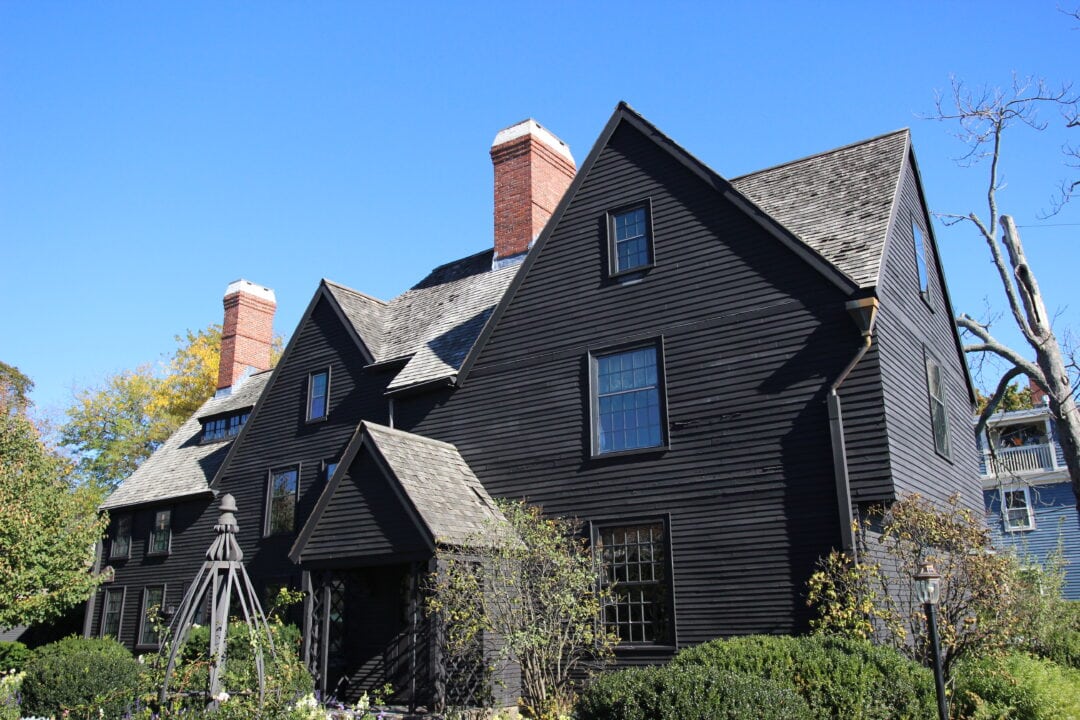
House of Seven Gables
Alternatively known as the Turner-Ingersoll Mansion, this circa-1660s house located in Salem, Massachusetts, was made famous by Nathaniel Hawthorne’s novel, The House of the Seven Gables. Hawthorne, a Salem native who was related to one of the families that owned the home, published his Gothic novel in 1851. Built for Captain John Turner and later owned by the Ingersoll family, some of its eponymous gables were lost in renovations, but they were restored in the early 1900s when the historic home opened as a museum; several non-original details were added over the years to cater to fans of the novel, including a secret staircase that leads to the attic.
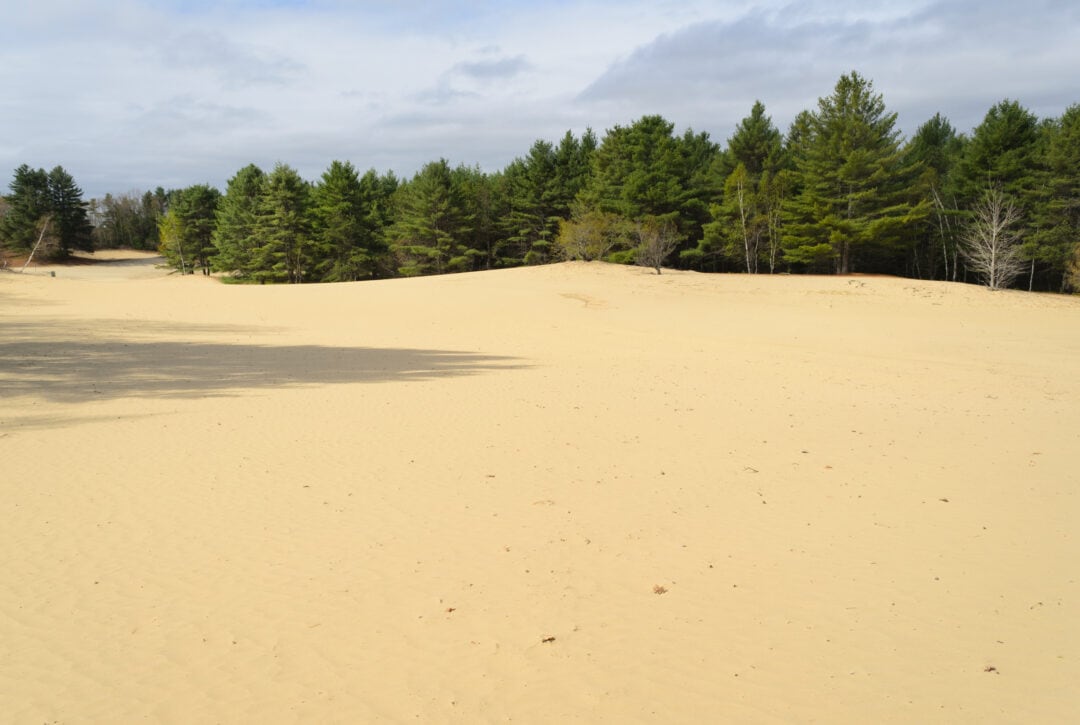
Desert of Maine
The Desert of Maine is somewhat of a misnomer: The 20-acre tract of exposed glacial silt was stripped of its vegetation due to aggressive farming of the land in the late 1800s. Located between Portland and Freeport, and surrounded by pine forest, the Desert of Maine receives above-average amounts of precipitation annually. The region has been privately-owned and open seasonally as a tourist attraction since 1925. Visitors can take a self-guided tour of the property, which includes a mini-golf course, snack stand, fossil dig, gem mining, hiking trails, a gift shop, and several photo ops.
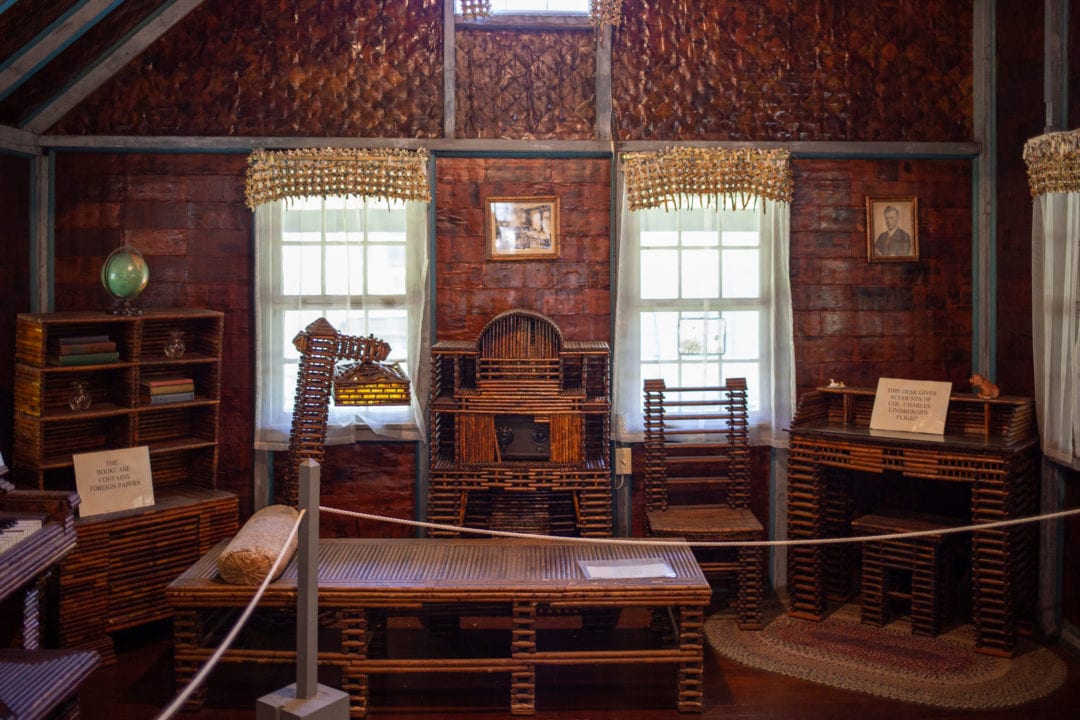
Paper House
Built by Swedish immigrant and mechanical engineer Elis Stenman and his wife, Esther, the Paper House is an attraction that needs to be seen to be believed. In 1922, the Stenmans began constructing a summer home in Rockport, a seaside town located on the eastern tip of Massachusetts’ Cape Ann Peninsula. But theirs was no ordinary beach cottage—built with a traditional wood frame and roof, the walls, insulation, and most of the furniture was made entirely from varnished newspapers (100,000 of them). Furnished with a table, chairs, lamps, desk, cot, radio cabinet, curtains, bookshelf, fireplace, and grandfather clock—all made from rolled or folded newspaper—the Paper House is open for self-guided tours every day from spring through fall. Suggested admission ($2 for adults, $1 for kids under 14) is by the honor system.
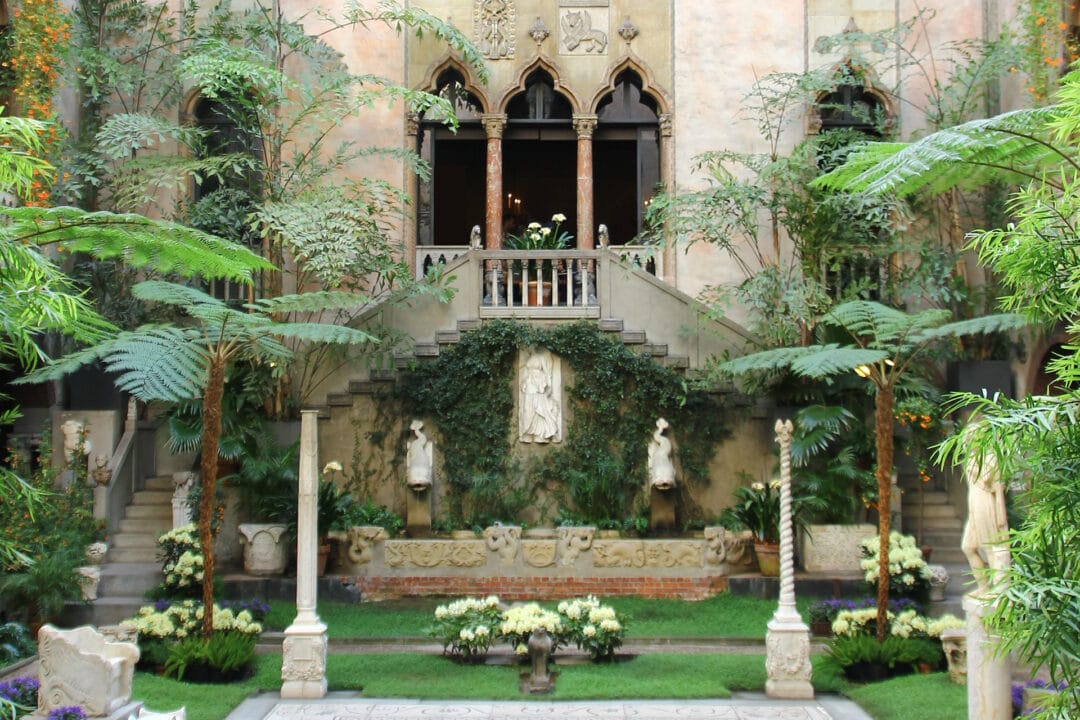
Isabella Stewart Gardner Museum
New England is home to some world-class art museums, but none have a history quite like Boston’s Isabella Stewart Gardner Museum. Its namesake used her inheritance to amass a large collection of European, Asian, and American art; in 1903, Gardner’s four-story, Venetian-inspired building opened to the public. Gardner died in 1924, but her will stipulated that the collection be kept intact in perpetuity, a feat accomplished until March 18, 1990, when 13 works—including one of only 34 known Vermeers and Rembrandt’s only seascape—were stolen in a still-unsolved theft detailed in Netflix’s recent documentary This Is a Robbery: The World’s Biggest Art Heist.

Ponyhenge
This collection of dozens of toy rocking horses in rural Massachusetts, known locally as “Ponyhenge,” has been puzzling and delighting visitors since 2010. Ponyhenge may have mysterious origins (similar to its much older England namesake, Stonehenge), but today it exists as a constantly changing, collaborative art installation between strangers. People bring horses—old or new, plastic or wooden, in various states of decay—and arrange them into various formations as a commentary on current events or for reasons unknown. Ponyhenge is located in Lincoln, on private property 20 miles west of Boston alongside Old Sudbury Road; there are no official tours or open hours, but the owners don’t mind curious roadtrippers stopping for a quick photo op.
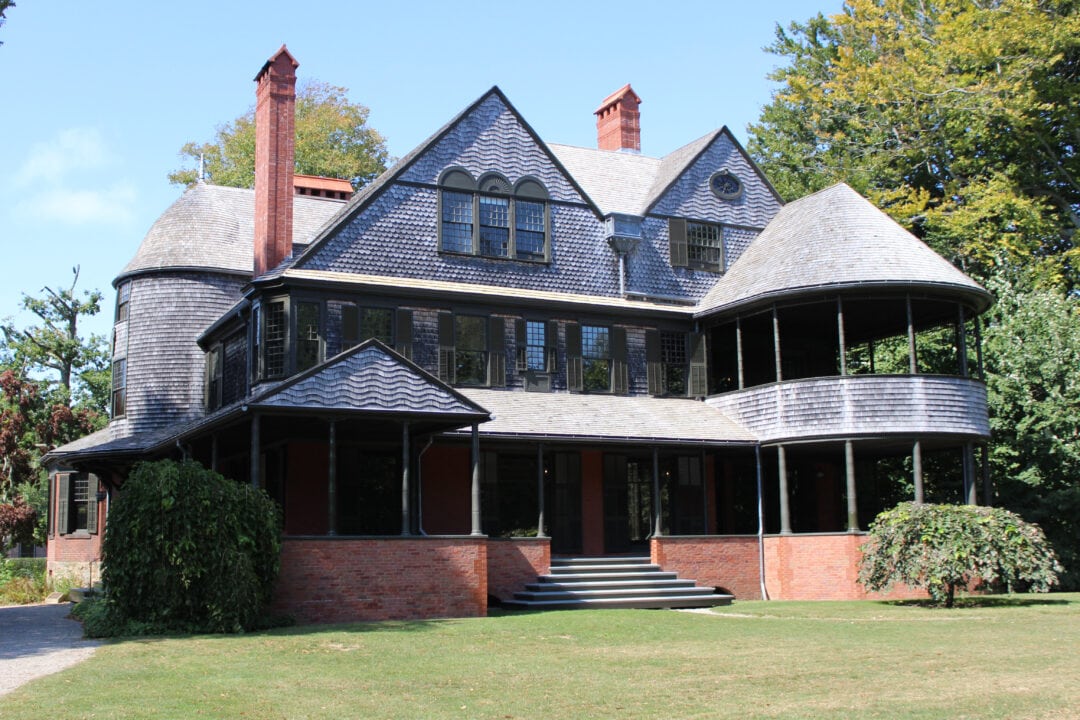
Isaac Bell House
One of the lesser-known mansions in Newport, Rhode Island, the Isaac Bell House may not be as lavish as the Breakers or as gleaming as Marble House, but it’s a must-see for architecture and history buffs. Built for cotton broker and investor Isaac Bell in 1883, the house is a breathtaking highlight in the portfolio of Gilded Age architecture firm McKim, Mead & White. Although best-known for designing public structures, including New York City’s original Pennsylvania Station, the firm designed several shingle-style summer homes in New England. With several spacious porches and a sparsely-furnished, Japanese-inspired open floor plan, the Isaac Bell House stands out in opulent Newport by proving that when it comes to decor, more is not always better.



